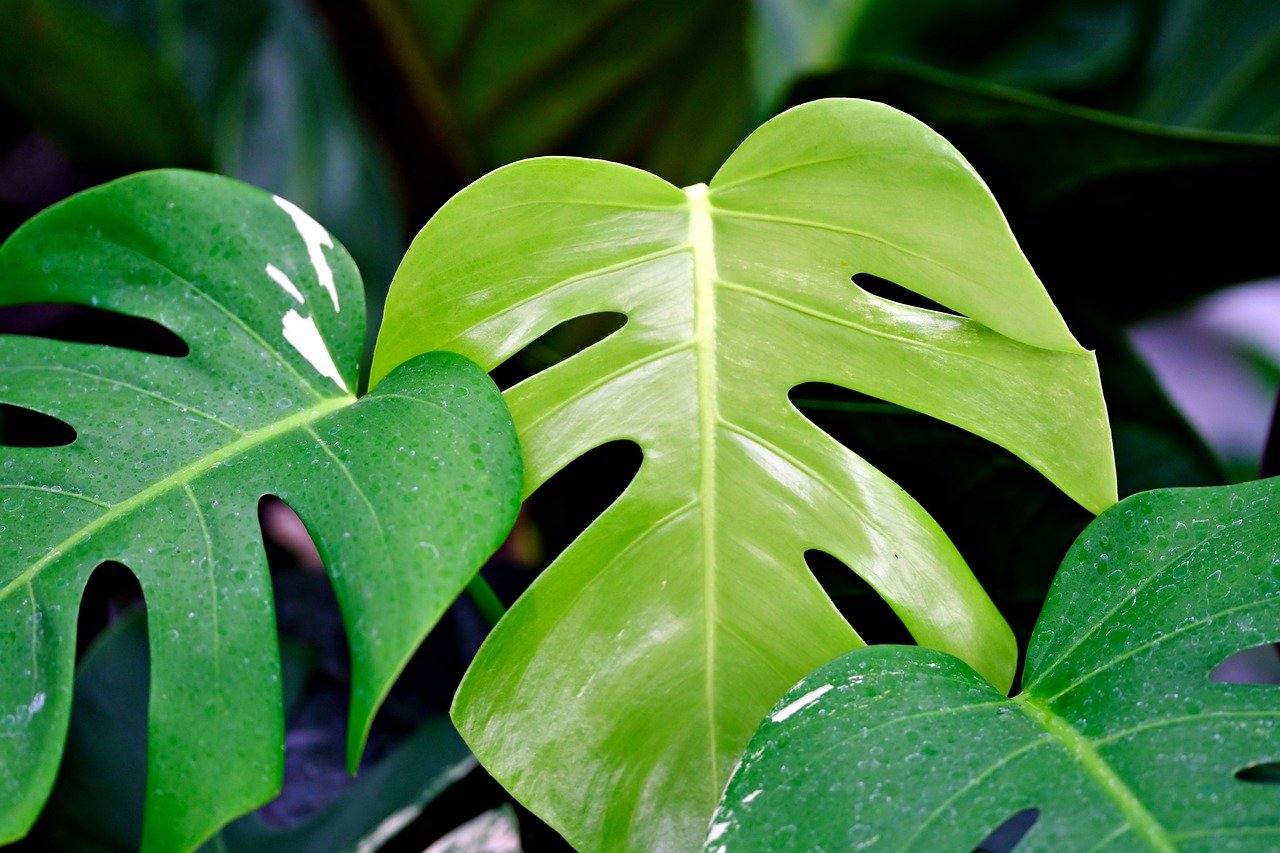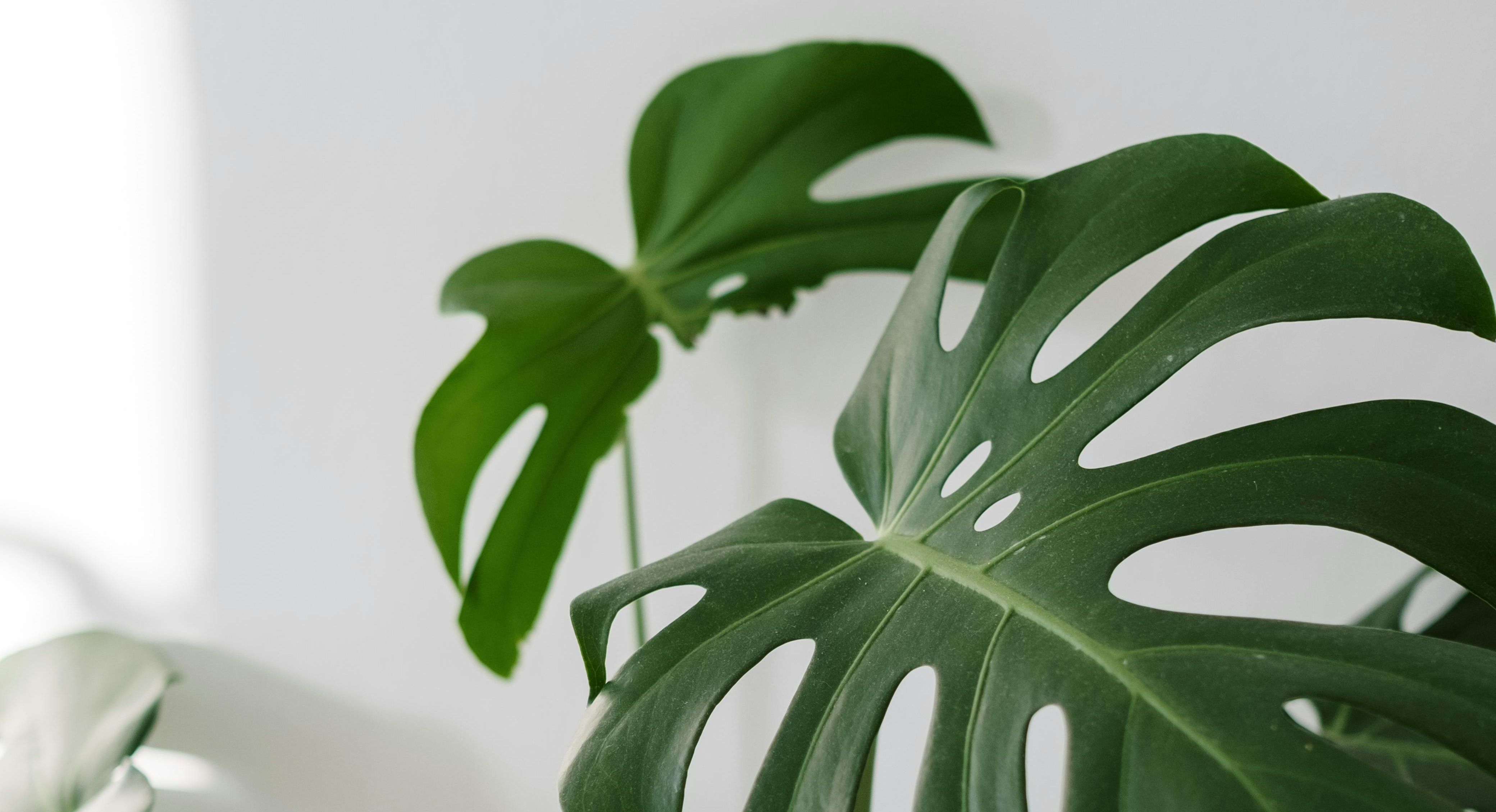Monstera Deliciosa vs Borsigiana: Identifying Key Variations
Monstera deliciosa and Monstera borsigiana are both beloved for their large, fenestrated leaves and tropical vibes. However, understanding their unique traits is essential for proper care and maintenance. These plants are often mistaken for each other due to their similar appearance, but their distinct characteristics set them apart. Let's explore the differences between Monstera deliciosa and Monstera borsigiana to help you identify which one you have or want to add to your indoor jungle.
Understanding Monstera Deliciosa

Monstera deliciosa, commonly called the Swiss Cheese Plant, is a tropical plant native to the rainforests of Central and South America. This species is part of the Araceae family and is known for its large and distinctive leaves that feature irregular splits and holes. The unique pattern of the leaves has led to the plant being compared to Swiss cheese, hence the nickname. Monstera deliciosa is a popular houseplant due to its attractive appearance and ease of care. The plant is also known for purifying the air, making it a great addition to any home or office space.
Leaf Structure
Monstera deliciosa leaves are characterized by their large and broad size, which can grow up to 90 cm long and 75 cm wide. They are glossy in texture and have a distinct dark green color that appears almost black in low-light conditions. The leaves also have more pronounced splits and holes, referred to as fenestrations. These fenestrations enhance the plant's exotic appeal and allow light to pass through, making it an ideal houseplant for indoor spaces.
Growth Habit
Monstera deliciosa is a fascinating plant that can grow as a climbing vine, latching onto trees or structures in its natural environment for support. It can be trained to climb indoors using a moss pole or trellis, which adds a stunning natural element to any living space. This plant can reach impressive heights of up to 20 feet in its natural habitat, producing aerial roots that help it climb trees to access more light. These aerial roots not only serve as a tool for the plant to climb but also provide an interesting visual element to the plant's appearance. Overall, the Monstera deliciosa is a captivating and unique plant that can add a touch of natural beauty to any home or garden.
Light and Water Needs
Monstera deliciosa, also known as the Swiss Cheese Plant, is a stunning tropical plant that can enhance the aesthetic of any space. This plant thrives in bright, indirect light, so placing it near a window with plenty of natural light is best. It requires moderate watering, and it's essential to ensure that the soil can dry out partially between waterings, as this helps prevent overwatering, which can lead to root rot.
Understanding Monstera Borsigiana

Monstera borsigiana, commonly known as the Mini Monstera or Monstera Minima, is also a tropical plant that belongs to the Araceae family. However, it is a smaller and more compact version of the popular Monstera deliciosa, with its leaves growing to around 30cm long. The Mini Monstera has glossy, heart-shaped leaves with distinctive splits and perforations, giving it a unique and attractive appearance. While it shares many similarities with its larger counterpart, such as its ability to climb, it has some distinct differences that make it a popular choice for indoor plant enthusiasts.
Leaf Structure
Monstera borsigiana is a plant species that exhibits fenestrated leaves like Monstera deliciosa. However, the fenestrations in Monstera borsigiana are usually smaller and narrower than those in Monstera deliciosa. It is possible that the splits and holes in the leaves of Monstera borsigiana may need to be more pronounced for better visibility.
Growth Habit
Monstera borsigiana is a tropical plant that belongs to the Araceae family, just like Monstera deliciosa. However, it tends to have a more compact growth habit than its larger cousin, making it an excellent choice for smaller spaces or hanging baskets. While it may not climb as vigorously as Monstera deliciosa, it can still benefit from vertical support, such as a trellis or stake. This will help encourage its aerial roots to cling and climb, making for a beautiful display. Monstera borsigiana is known for its glossy, heart-shaped leaves that typically have smaller, more intricate patterns than those of Monstera deliciosa.
Light and Water Needs
Monstera borsigiana is a popular indoor plant that prefers bright, indirect light to thrive. It is essential to avoid exposing the plant to direct sunlight as it can scorch the leaves. Moderate watering is recommended, and it's best to let the soil dry out partially before watering again. Overwatering can lead to waterlogged soil, which can cause root rot and other diseases, ultimately harming the plant's health. It's crucial to ensure good drainage by using a pot with drainage holes and a well-draining soil mix. You can also add perlite or sand to the soil to improve drainage.
Spotting the Differences
While Monstera deliciosa and Monstera borsigiana share similarities, several key differences can help you distinguish between them:
What are the main differences between Monstera deliciosa vs Monstera borsigiana?
Monstera deliciosa typically has larger, broader leaves with more pronounced splits, while Monstera borsigiana has smaller, narrower leaves.
Monstera deliciosa tends to be more vigorous in its climbing habit, while Monstera borsigiana has a more compact growth habit.
Monstera deliciosa can grow much larger than Monstera borsigiana.
Do Monstera deliciosa vs Monstera borsigiana have different leaf structures?
Monstera deliciosa leaves are larger and broader with more pronounced splits and holes, while Monstera borsigiana leaves are smaller and narrower.
Which variety, Monstera deliciosa vs Monstera borsigiana, is better suited for smaller indoor spaces?
Monstera borsigiana, with its more compact growth habit, is better suited for smaller indoor spaces or hanging baskets.
Do Monstera deliciosa vs Monstera borsigiana have similar light and water requirements?
Yes, both varieties prefer bright, indirect light and moderate watering. It's crucial to avoid overwatering and ensure good drainage for both.
Can Monstera deliciosa vs Monstera borsigiana be propagated in the same way?
Yes, both varieties can be propagated through stem cuttings placed in water or well-draining soil until roots develop.
Fern's Leafy Learnings
Monstera deliciosa and Monstera borsigiana have distinct differences in leaf size, growth habit, and overall size.
Understanding these variations is essential for properly caring for and maintaining each plant.
Both varieties add a tropical vibe to indoor spaces and can thrive with the right conditions.
Consider your space and preferences when choosing Monstera deliciosa vs Monstera borsigiana for your indoor jungle.
Deepen Your Roots with Flora
At Flora, we not only bring you a vibrant selection of locally sourced, rare, and delightful plants, but we also serve as your continuous guide in your plant parenting voyage, ensuring every leaf in your sanctuary thrives. With our Flora Pod™ technology and a nurturing community of over 250,000 plant lovers, we cultivate a space where every plant parent - novice or expert - can blossom.
We propagate with a commitment to sustainability, connection, and ceaseless growth, fostering a community where each member, and their plants, are cherished and nurtured.
Crave a lush, thriving green space? Adopt a plant from Flora today!
Flora Pod™ is featured on Shark Tank!

Shop Plants
Top 10 Most Popular Roses
Mar 22, 2022
How to Care for China Roses
Mar 11, 2022
How to Care for Chinese Money Plants
May 15, 2020
How to Grow and Care for A Bird of Paradise
Apr 26, 2020
Top 10 Plants To Grow In A Terrarium
May 31, 2022
How to Grow and Care for Lucky Bamboo
Mar 29, 2022
How to Grow and Care for Corn Plants
Mar 29, 2022
How to Care for Madagascar Dragon Trees
Mar 21, 2022













